LGBTQ+ characters in film and novels have skyrocketed over the last several decades. Some of this is simply representative of a growing cultural acceptance of gay lifestyles. However, part of this is also the result of growing representation of alternate sexualities in art and culture. Not only has the media helped change views about gays and lesbians, “media intervention” is specifically used to “increase positive attitudes” towards gay and transexual persons. As a result, many studies now show that “younger participants with higher levels of media… have more positive attitudes on homosexuality.”
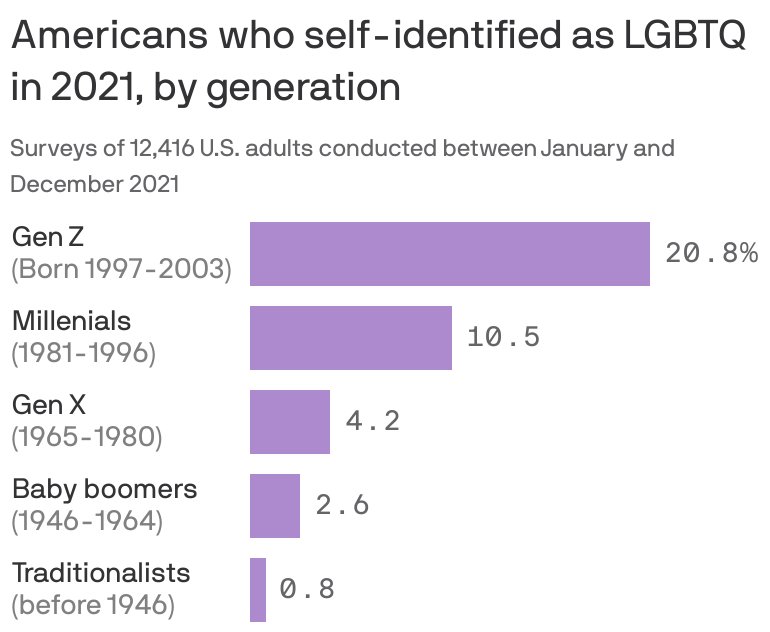
Because of this, statistics now reveal a large generational shift in LGBTQ+ identification. Gen Z adults identify as LGBTQ at much higher rates than older Americans. One report even found that nearly 30% of Gen Z adults identify as LGBTQ.
One result of this radical shift, or what some have called the “gaying of culture,” is that traditionalists, like myself, are viewed, at best, as out-of-step with our social evolution. At worst, we are portrayed as bigoted, hateful, and discriminatory. Some even go so far as to frame “traditional values” as “a potent weapon against LGBTQ rights.”
This poses challenges for us traditionalists who appreciate and engage in telling stories. One of the rules of storytelling is to “tell the truth,” to portray characters authentically, in true-to-life ways. Not only do 7.6% of U.S. adults now identify as lesbian, gay, bisexual, transgender, or something other than straight or heterosexual, but the visibility and social acceptance of LGBTQ+ individuals continues to grow. As storytellers, it behooves us to, at least on occasion, include LGBTQ+ characters in our stories. But for the conservative Christian writer, such inclusion poses serious risk.
Note: This article is not a defense of the traditional, historic Judeo-Christian view of homosexuality. And while I acknowledge that many professing Christians embrace LGBTQ+ affirmation, their position is still contrary to the historic stance held by the Church. Despite the fact that traditionalists like myself are now in a minority, the truth is that many professing Christians and Christian writers still hold to historic views on gender and sexuality. This article is aimed at them.
So how should a Christian author who believes practicing homosexual lifestyles are abnormal and sinful portray queer characters in their fiction? Or should they?
There’s basically four different ways for a Christian writer to approach to this question:
- Avoid any portrayals of LGBTQ+ characters.
- Remain neutral in the portrayal of LGBTQ+ characters.
- Portray LGBTQ+ characters positively.
- Portray LGBTQ+ characters negatively.

Each of these approaches has an upside and a downside. For example, many Christian authors simply avoid any portrayals of queer characters in their stories. The upside of this approach is that it mostly prevents criticism. You can’t be accused of affirming homosexuality or wrongly portraying LGBTQ+ characters if you don’t have any in your stories. The downside is, some may accuse you of simply playing it safe and ignoring a very real segment of humanity. Similarly, the author who portrays LGBTQ+ characters neutrally — neither making them heroes or villains, happy or sad, saints or sinners — can be accused from both sides. I recently encountered a popular Christian author who was accused by a reader of endorsing homosexuality because of the inclusion of a neutral gay character in a story. The author publicly affirmed their belief in traditional biblical sexuality. Nevertheless, simply the inclusion of a neutral gay character was interpreted by some as endorsement. On the other hand, the neutral gay character can also be charged with being a prop, a quota effort to ensure one’s diversity bona fides. However a Christian decides to approach queer characters, they will likely be met with opposition or criticism, either from their own tribe or another.
Whatever one’s approach to this sticky subject, Christian writers are obligated to portray characters and their lifestyle choices realistically. This is true across the board. We should neither glamorize criminals nor make them shallow, one-dimensional characters. Likewise, the Fundamentalist preacher is an easy character to stereotype. However, the Christian writer should make an effort to humanize such a character and avoid simplistic caricatures. Regarding LGBTQ+ characters, this is a two-sided coin. On the one hand, portraying LGBTQ+ characters means not dehumanizing and stereotyping them. On the other hand, a realistic portrayal could include elements that some will find disturbing and offensive.
On the one hand, portraying LGBTQ+ characters means not dehumanizing and stereotyping them. On the other hand, a realistic portrayal could include elements that some will find disturbing and offensive.
In her helpful article, Why Christian Authors Should Consider Tackling LGBTQ+ Issues, writer Sarah Burns cautions Christians to avoid dehumanizing the LGBTQ+ community. She writes,
Opposing a worldview doesn’t license you to villainize it or turn it into a caricature. Homosexual and transgender individuals are not the embodiment of black-lipsticked Satanists (nor are Christians bastions of incorruptible light). Assigning characters negatively skewed stereotypes will injure your testimony. Dispel any personal, preexisting biases and thoroughly research the struggles and ideology of the LGBTQ+ community. You can disarm hostile readers with understanding and fair treatment.
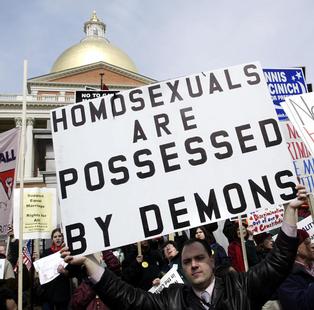
For the conservative Christian writer, the temptation is to portray LGBTQ+ persons unfavorably. Because they are living in sin, we feel obligated to make sure our readers know this. The result is often unfair caricatures and gross exaggerations. Like the rest of us, LGBTQ+ persons are humans. They can be kind, merciful, helpful, courageous, smart, and wise. The Christian writer is responsible to portray the noble human elements of their queer characters.
Conversely, Burns encourages Christian authors to not compromise the truth about LGBTQ+ lifestyles.
You can write gently and compassionately while still expressing disagreement with a worldview. Les Miserables sympathizes with the circumstances motivating Fantine’s choices, but it never implies that her descent into prostitution is right, and she still experiences hard-hitting consequences. Whether or not an LGBTQ+ lifestyle seems innocuous to outside observers, the mental and spiritual effect can run deep. Consider the spike in suicide rates for LGBTQ+ youth, or the prevalence of depression within the community. Internalized shame, identity struggles, and irreversible surgery are merely a few factors behind those statistics that you can incorporate into your story.
In this sense, portraying LBGTQ+ characters realistically may involve depicting uncomfortable consequences of sin and unhealthy lifestyle choices.
Rachel Gilson, a former lesbian and now born-again Christian, asked the question, How to Depict Characters Living in Sin without Endorsing Their Choices? She writes,
Human depravity cannot be erased this side of heaven, but it can be and has been conquered—through Christ. When we show the damage sin has caused, rather than pretending it doesn’t exist, we help readers to long for the wholeness and comfort only He can bring…
Sin should never be peddled as entertainment. If a character acts on same-sex attraction, the incident needs to be tinted with an understanding of Scripture’s teaching on marriage. Since today’s culture scorns biblical ethics, addressing problematic behavior in some capacity is crucial or you’ll risk implying that it’s acceptable. Normalization occurs when sin is treated like a personality quirk.
Showing the “damage” homosexual sin causes will likely elicit howls of “homophobia” from critics. However, there is much data affirming the incredible downsides of many LGBTQ+ lifestyles. For example, the important, yet controversial book After the Ball: How America Will Conquer its Fear and Hatred of Gays in the 90’s noted that promiscuity among gays (specifically gay men) is significantly higher than among straight males. The authors called this phenomenon the “Seven Week Itch,” citing the high incidence of “open relationships” and multiple partners among gay men. Another study estimated that the median number of sexual partners for homosexual males was 2.75 times higher than for heterosexual males. By the time a gay man is 24, he has had almost 4 times more partners than the average heterosexual. Depression, anxiety, drug and alcohol abuse are typically higher among homosexual males than heterosexuals. Furthermore, studies continue to show that children raised by gay couples have increased incidences of psychological and social maladies. And in general, men who have sex with men have higher rates of HIV and STDs than their straight cohorts. (For in-depth discussions of such data, see Is the Church Pro-Gay: How to respond to a Moral Crisis with God’s Love, especially the chapter It’s a Gay Life, by Shawn Mathis.)
A realistic portrayal of LGBTQ+ characters could involve uncomfortable, troubling elements to some. For example,
- A gay character who suffers from severe depression and contemplates suicide because of his sexual confusion and promiscuous lifestyle.
- A trans teenage character who suffers remorse for sex change procedures and begins to de-transition.
- A bisexual who contracts syphilis and HIV and seeks healing and respite.
- A BDSM fantasy leads a female character to accidental death by torture.
All of these cases have real-world parallels. Nevertheless, despite being authentic and true-to-life, many would still object to authors portraying such characters.
Even more important to Christians is the reality that some gays and lesbians repent of their sin, renounce their previous sexual identities, and become Christians. Individuals like Beckett Cook and Rosario Butterfield are actual persons who were deeply embedded in LGBTQ+ culture and found salvation, and escape, through faith in Jesus Christ. If the goal of the Christian writer is to be honest, then such characters also deserve to be portrayed.
No matter how a Christian writer chooses to portray gays or lesbians in their stories, they will likely take heat from someone. This is one reason why some Christian authors simply avoid the issue together. Better to scrub their stories of any reference to LGBTQ+ characters than to risk angering some or offending others. Nevertheless, we Christian storytellers are called to be truth tellers. This includes being truthful in our portrayals of LGBTQ+ characters (if we choose to write them). Such portrayals are not a license to dehumanize and caricature such people. But neither are such portrayals necessarily an endorsement of the gay lifestyle. In fact, an honest, realistic portrayal of LGBTQ+ persons may involve depicting the uncomfortable consequences of sin and unhealthy lifestyle choices.

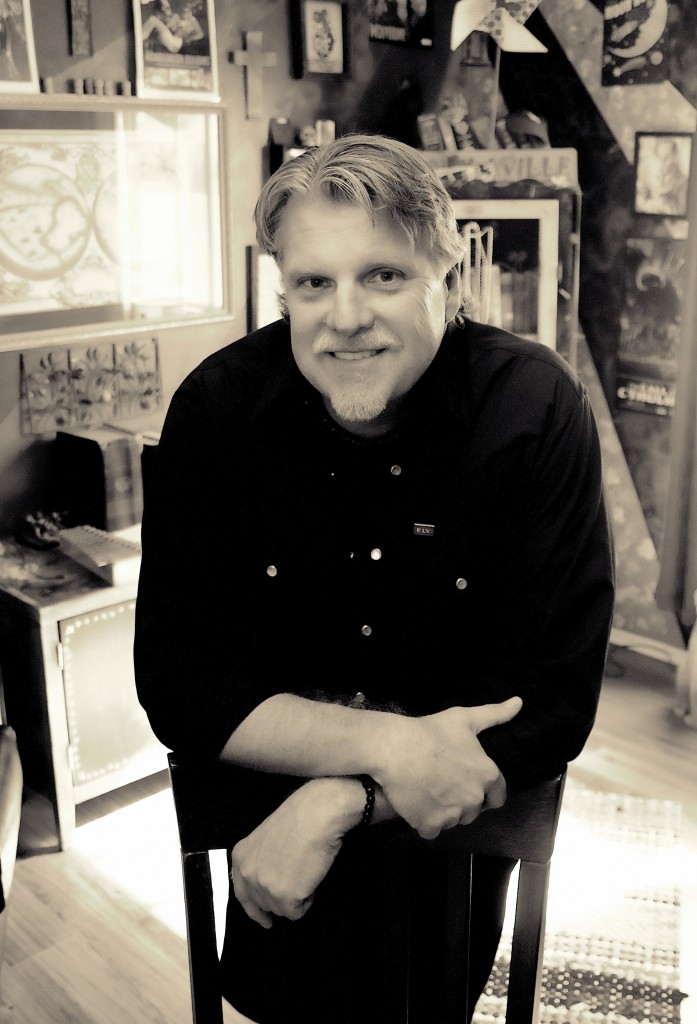
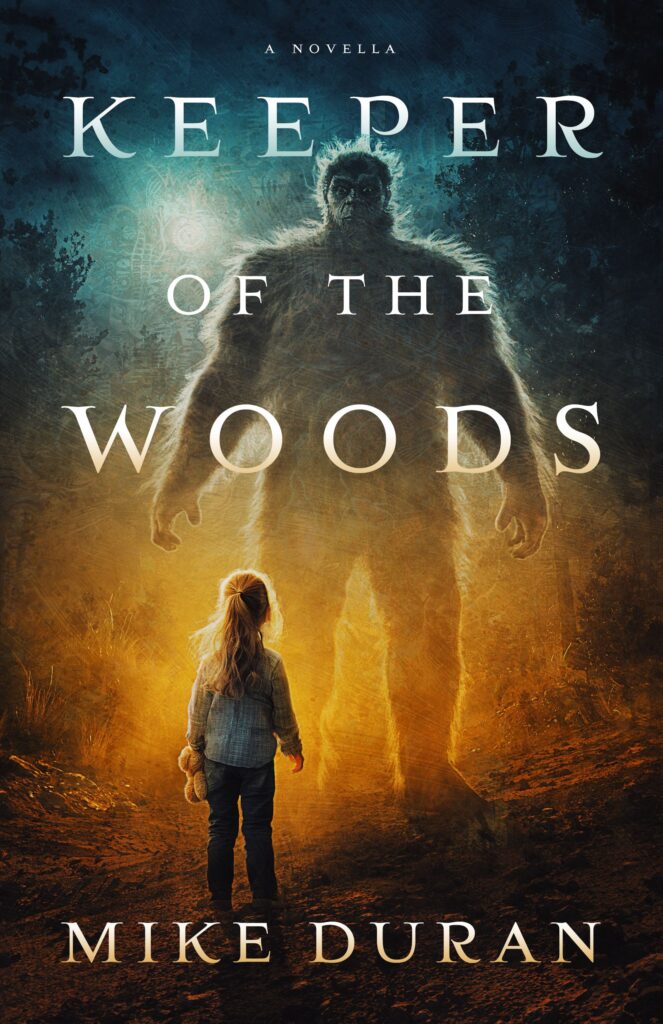
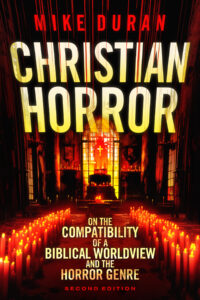
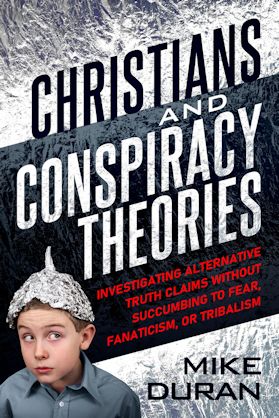
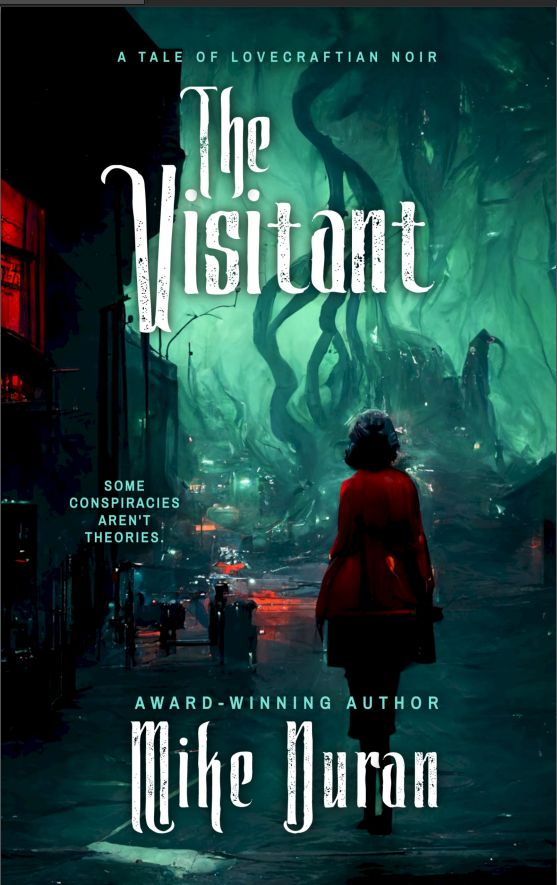

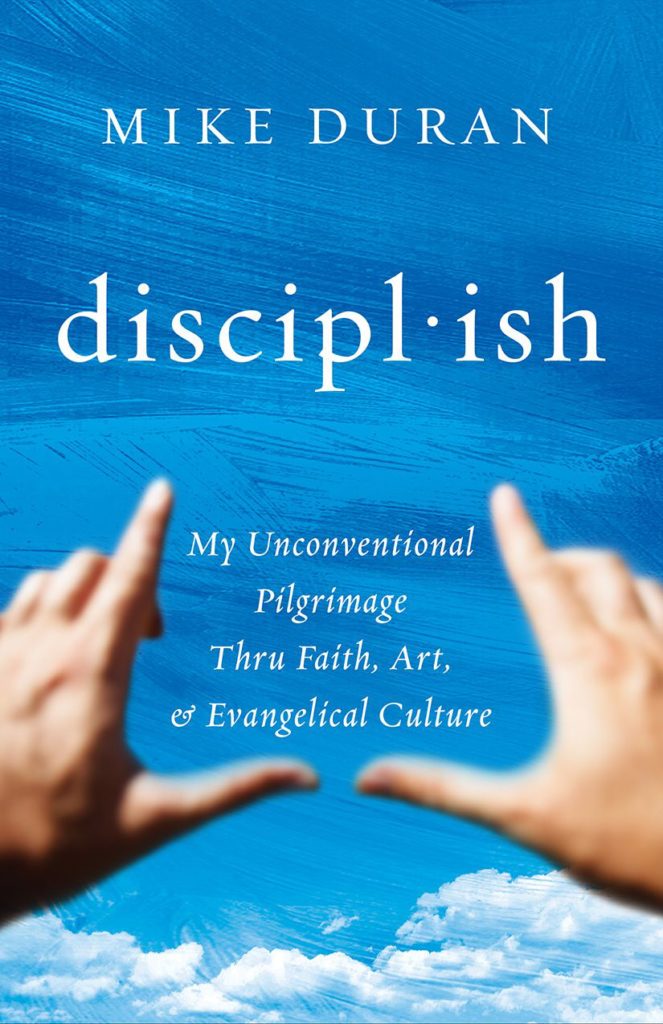
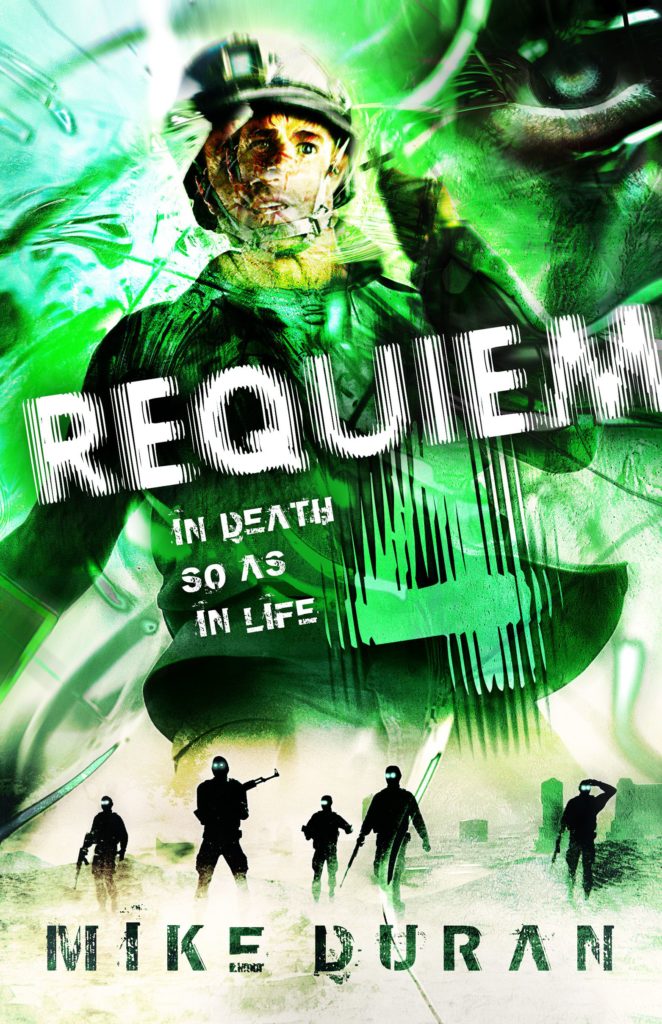
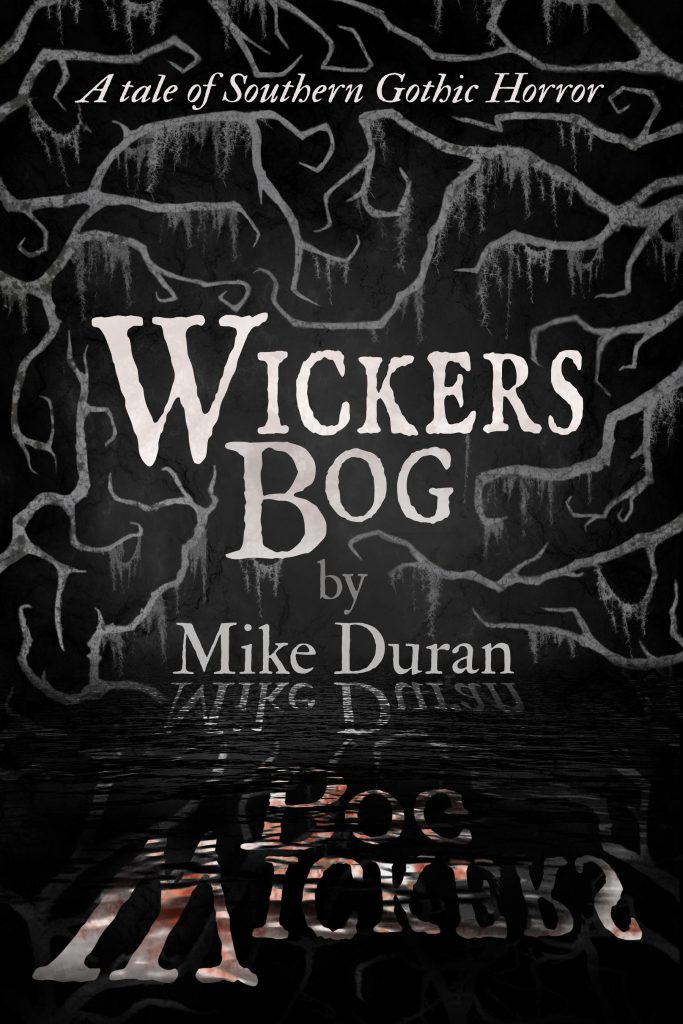
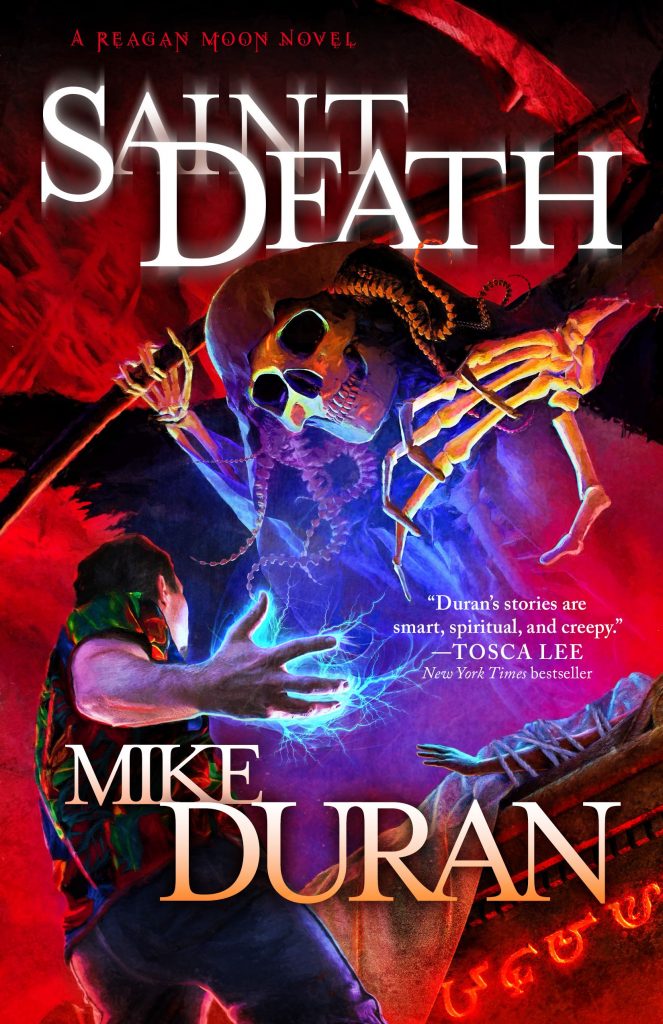
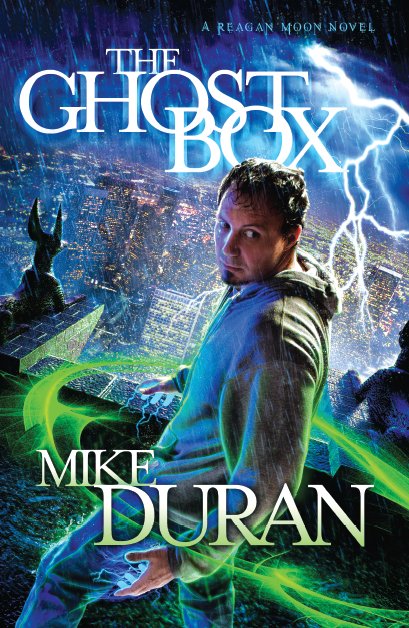
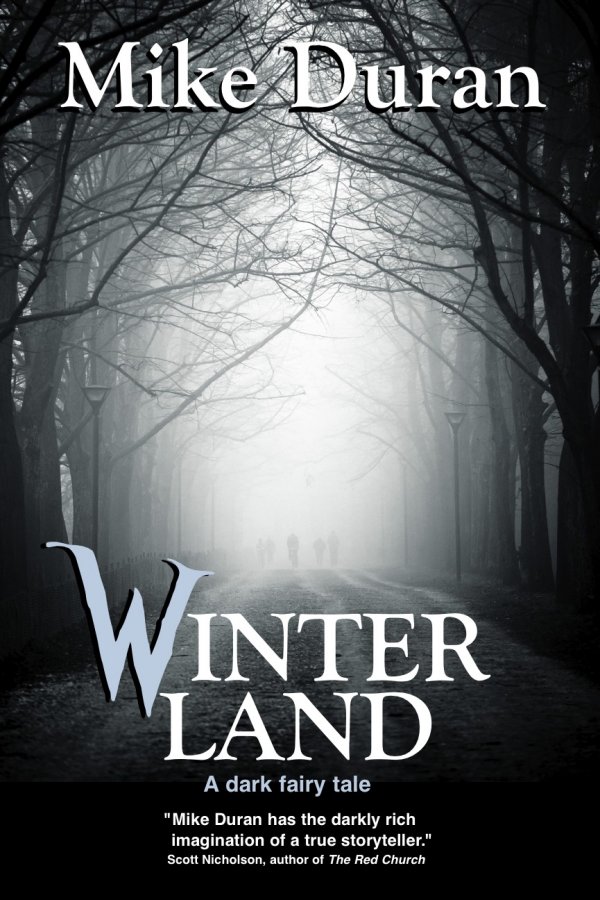
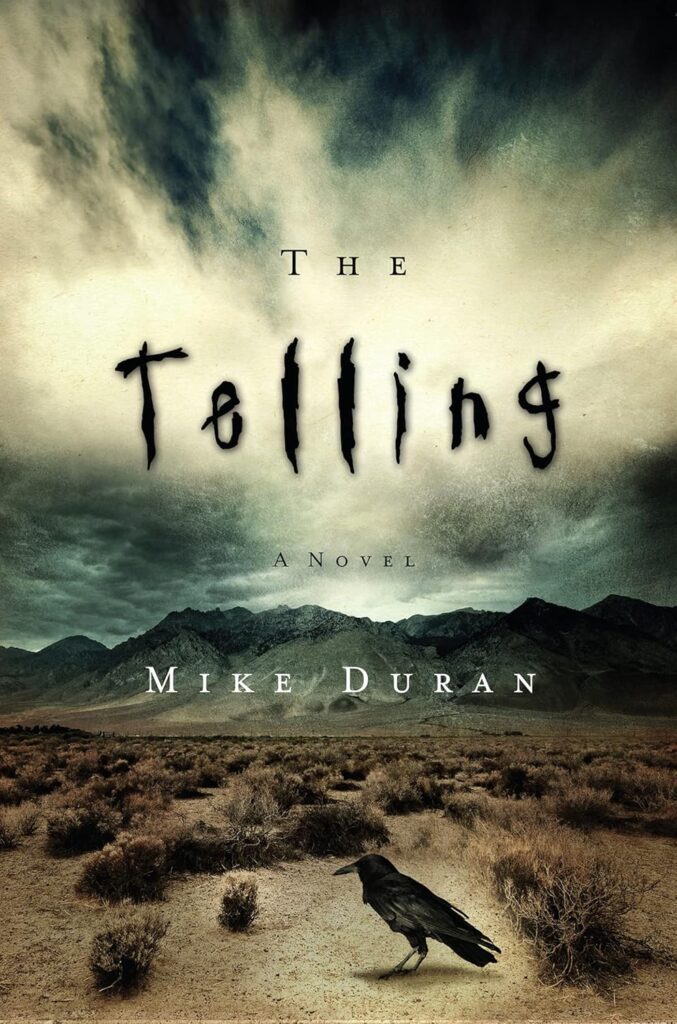
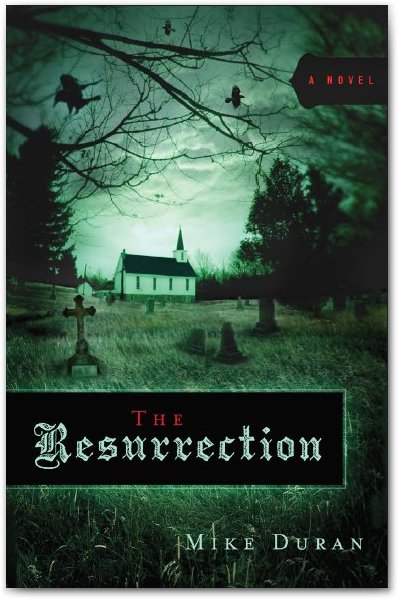
There’s no standard to suggest any writer must include every detail about the lives of their characters, only that they portray them realistically within the context of the story.
Thanks for this article, Mike.
It’s a thing to consider that if you’re mentioning something about a character that is unusual, then you put focus on it. I wouldn’t bring up a character’s sexuality unless it’s going to be dealt with in some manner in through the course of the narrative. Otherwise it becomes a Macguffin…which has its uses it itself, for sure, but with a politically-charged characteristic like non-standard sexuality, the Macguffin usage is somewhat out of fashion; homosexuality in characters are mentioned for good PR, not good storytelling.